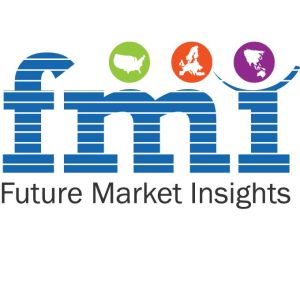Anti-Reflective Glass Market: Dynamics, Segments, Size and Demand, 2018?2026Posted by vakhas on January 18th, 2019 Anti-Reflective Glass Market: Introduction Anti-reflective glass is designed to diminish the amount of surface reflection emerging from the face of the glass. Anti-reflective glass reduces the reflectance seen through the normal clear glazing and protrudes a near invisible finish for glass installation. Anti-reflective coatings condenses the reflectance by up to 1%, thus, producing a much richer glass finish. Anti-reflective glass is optically coated on one or two sides to reduce reflections and upsurge the light transmission. Anti-Reflective Glass Market: Dynamics The key driving factor for the global anti-reflective glass market is the growing utilization of anti-reflective glasses in several end-use applications such as electronic products, architectural windows, telecommunications, eyewear, automotive, and solar panels. The macroeconomic factors, such as growing urbanization & industrial activities coupled with phenomenal growth in the construction activities along with the increase in expenditure on aesthetic improvements in many countries is further augmenting the sales for anti-reflective glass. The significant increase in sales of anti-reflective glass owing to the feature of diminishing the UV rays radiation by 70-80% is highly anticipated to drive the global anti-reflective glass market. Moreover, considerable growth in the APEJ & Middle East construction and automotive sector and technological advancement in manufacturing of anti-reflective glass will create a significant opportunity for the global anti-reflective glass market. Additionally, the high durability and better contrast definitions makes anti-reflective glass more preferable among automotive and solar industries, which is highly anticipated to boost the demand for anti-reflective glass in these sector. Request For Sample @ https://www.factmr.com/connectus/sample?flag=S&rep_id=2414 As anti-reflective glass is designed to minimize the surface reflection and provide ideal viewing experience, anti-reflective glass is gaining huge recognition across all regions. All the above mentioned major influencing features are highly expected to boost the global anti-reflective glass market over the forecast period. The key hindrance factor of high cost production of anti-reflective glass may restrain the global anti-reflective glass market growth over the forecast period. Two-sided material is estimated to account for more than half of market share over the forecast period owing to wide scale application in all major end-use sector. On the other hand, among end-use sector segment, the construction sector is anticipated to see rapid market growth over the forecast period, due to an increase in construction activities across the globe. Anti-Reflective Glass Market: Regional Outlook Based on geographies, the global anti-reflective glass market is segmented into seven regions including North America, Latin America, Europe, CIS & Russia, Japan, APEJ (the Asia Pacific excluding Japan) and MEA. Among the above-mentioned countries, APEJ is estimated to account for a more than 30% of global market share due to rise in the construction sector and automotive production in countries such as China, India, Indonesia and Australia. North America is anticipated to witness a high growth in the global anti-reflective glass market owing to the rise in automotive sector in the region. Like it? Share it!More by this author |


